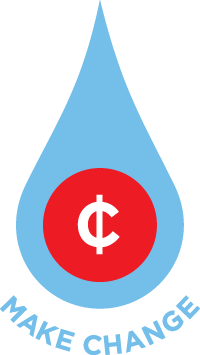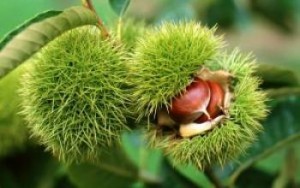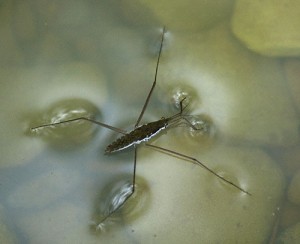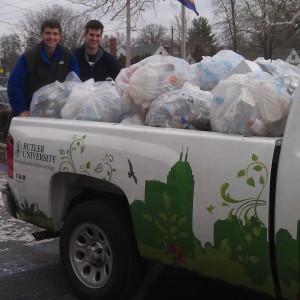by Nic Mink
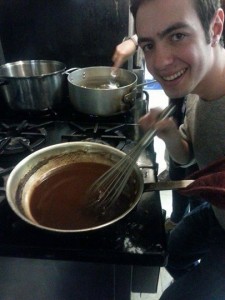 One of my favorite lines from Wendell Berry comes from his essay, The Pleasures of Eating, an instructive piece that offers a stinging rebuke of the industrial food system and outlines guidelines for more thoughtful eating.
One of my favorite lines from Wendell Berry comes from his essay, The Pleasures of Eating, an instructive piece that offers a stinging rebuke of the industrial food system and outlines guidelines for more thoughtful eating.
“That they,” he writes of the food industry, “do not yet offer to insert it, prechewed, into our mouth is only because they have found no profitable way to do so….The ideal industrial food consumer would be strapped to a table with a tube running from the food factory directly into his or her stomach.”
In re-conceptualizing my Sustainable Food Systems class this spring, I took Berry’s line to heart, as I thought of ways to ensure that my students would never find themselves strapped to a table with a tube running directly into their stomach! This resulted in the creation of three gastronomy labs, created in partnership with Maggie Hanna, the executive director of Fall Creek Gardens Urban Growers Resource Center.
The labs sought to provide hands-on lessons about the science, history, and culture of food, all while instructing students in food preparation. Over the course of the semester, we ended up cooking fish and chips, macaroni and cheese, and gumbo, all from scratch. In the process, we interrogated ingredients, examined labels, and explored personal conceptions of health and well-being.
These labs were some of the most rewarding I have ever instructed and they taught me many lessons.
First, despite the fact that most of my students had a real interest in eating “healthy,” most of them had never considered that healthy eating included the necessity of cooking their own food from scratch. Healthy, to many of them, simply meant ensuring that food had the proper number of calories (few) and the right amount of fat (even less).
Second, the labs also taught me that most of my students had never actually cooked a meal from scratch. Ever. In their two decades of existence, they had always relied on others—parent, fast food chains, sit-down restaurants, or a school cafeteria—to provide their nourishment.
The process of cooking with students (and learning these lessons) suggested, to me at least, the value of making culinary and nutrition education a core part of any college curriculum. Not only can you teach just about any subject through cooking, but you can also provide an outlet for creativity and an avenue to build interdisciplinary connections.
At the end of the semester, one of my students remarked that these labs were the best classes he’d ever had. While it would be nice to pin this success on Maggie and I’s uncanny abilities as educators, in reality I think the remarks this student made reflects the power of food to build community, nourish our souls, and teach us that immense and profound happiness can be found in cooking with one another.
Nicolaas Mink, PhD is the urban sustainable foods fellow at the Center for Urban Ecology.


